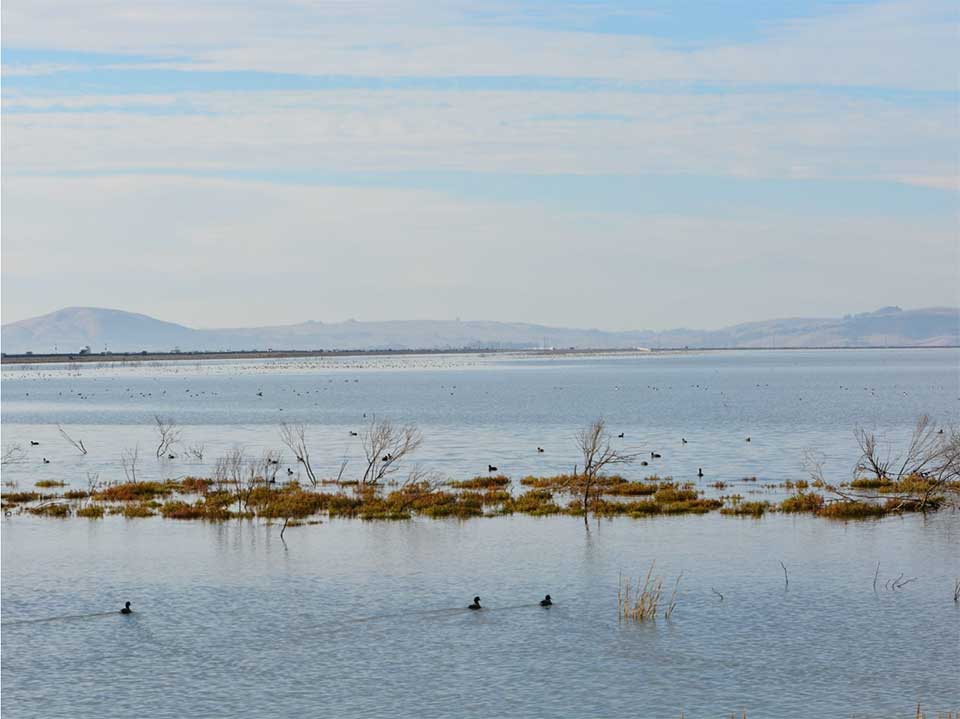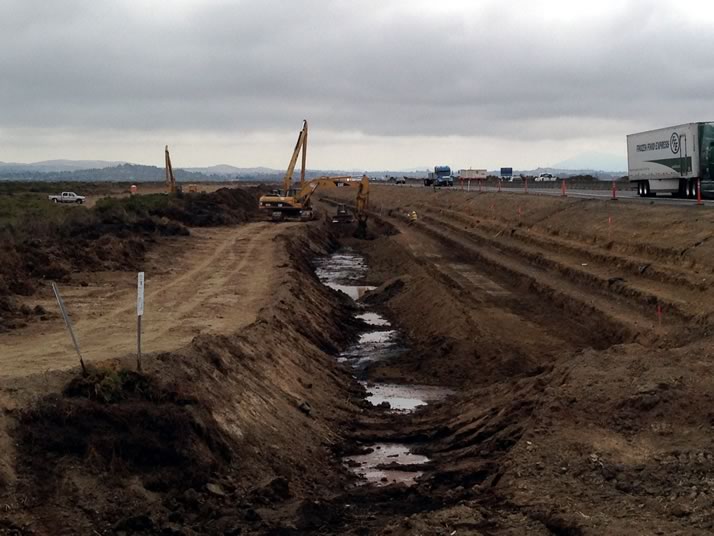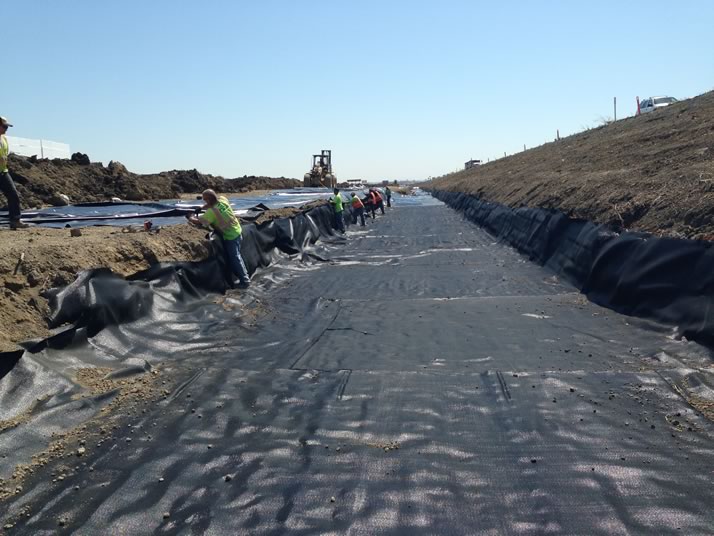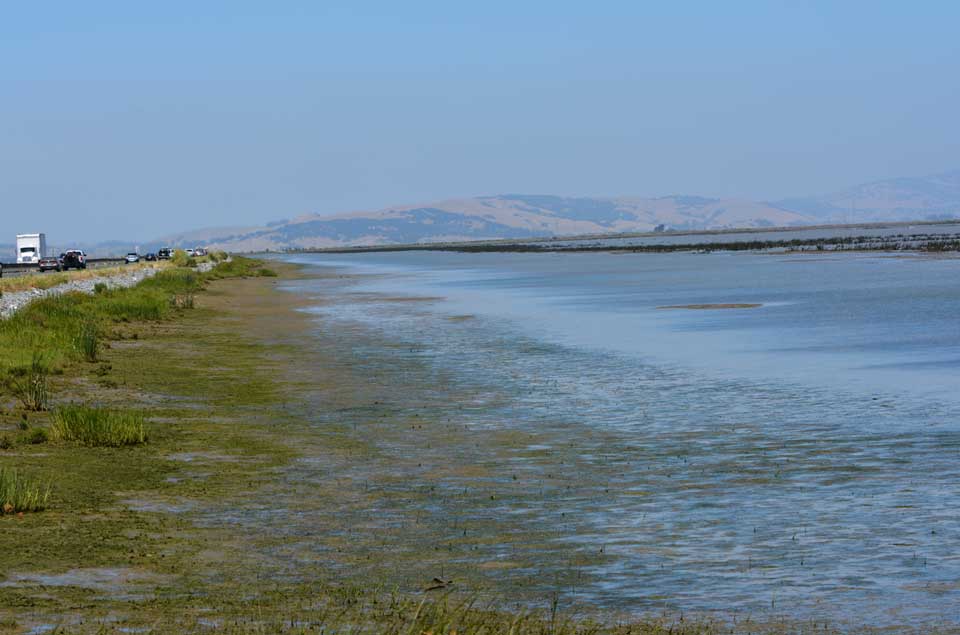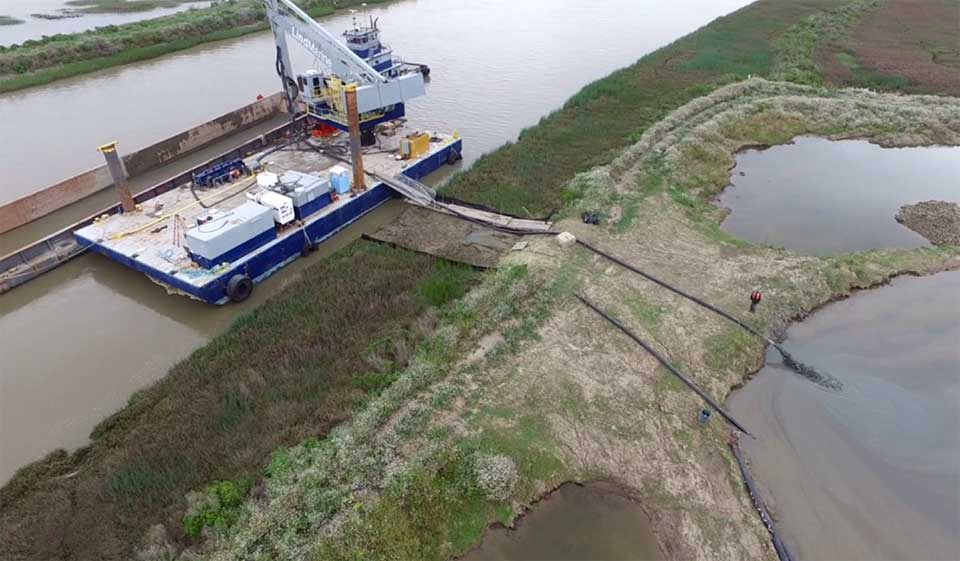Cullinan Ranch Restoration Project
The Cullinan Ranch Restoration Project will restore approximately 1,500 acres in the San Pablo Bay National Wildlife Refuge.
In the late 1800’s, Cullinan Ranch was diked and drained for agricultural operations. Believed to be one of the first areas converted to agriculture in the North Bay due to the appearance of an “Island number 1” label on historic maps, the area was farmed for oats and hay until the 1980’s, then sat fallow for 10 years.
In 1991, the U.S. Fish and Wildlife Service purchased the property under the authority of the Endangered Species Act, with an intent to restore the area to tidal marsh for the benefit of federally listed species such as the salt marsh harvest mouse and Ridgway’s Rail (formerly California Clapper Rail). After over a decade of planning, and several years of “on the ground” restoration activity, Cullinan Ranch is now nearing completion.
In January 2015, three breaches were constructed in the northern perimeter levee thereby reconnecting over 1,200 acres of Cullinan Ranch to the surrounding tidal sloughs. Restoration actions included:
- protecting existing infrastructure,
- breaching levees in strategic locations to restore tidal flow to the property,
- lowering sections of the perimeter levee to marsh elevation so as to improve hydrologic connectivity and create marsh habitat in the near term, and
- designating a 290-acre area for beneficial reuse of dredge material.
Because the very busy highway 37 corridor runs adjacent to the project boundary, restoration activities required the construction of a 2.3-mile, 10:1 slope transition levee to protect the thoroughfare. The work involved inserting large geofoam blocks in the levee to reduce the weight and pressure exerted onto the highway. The geofoam blocks were wrapped in a protected fabric prior to being buried.
Like much of the land adjacent to the Bay cut off from tidal action, Cullinan Ranch is subsided to between 5 and 6 feet below sea level. It is expected that the process of allowing sediment to accumulate naturally will take 60 years before the site is able to support tidal marsh vegetation.
In order to accelerate the accretion rate and habitat development, project partners designated a 290-acre area for dredge material with plans to import up to 2.8 million cubic yards of material to the project site. The material is imported from dredging projects throughout San Francisco Bay, like Richmond Harbor. So far, over 1.1 million cubic yards of material have been imported to the site and mostly delivered via barges which travel up Dutchman Slough, moor adjacent to the project site, and hydraulically pump the material over the perimeter levee, to deposit in the dredge material containment area. Within the next 10 years, the area will be restored to tidal action, and because of the dredge material, it will be at an elevation that is able to immediately support tidal marsh habitat.
To date, the Cullinan Ranch Restoration Project has restored over 1,200 acres of tidal habitat, currently accreting sediment naturally through tidal action and providing open water habitat for a diversity of waterfowl and other waterbirds. The final 290 acres of the project is actively receiving sediment from dredging projects throughout the Bay and is more than a third of the way to its total sediment goal and well on its way to tidal marsh restoration.

